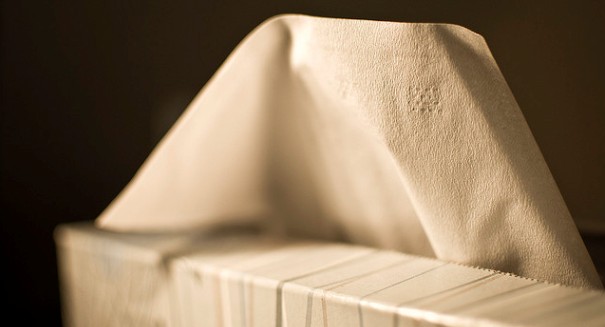
Each year, approximately 37 million Americans suffer from an acute case of sinusitis.
It may not be the news parents home with a sick child want to hear, but doctors are recommending waiting a bit longer before giving children with sinus infections an antibiotic.
New guidelines released today by the American Academy of Pediatrics say pediatricians may wait an additional three days before giving a child antibiotic treatment. The previous guidelines said antibiotics should be prescribed when a child had signs of a sinus infection lasting ten days. The new guidelines says a doctor can wait as long as 13 days to prescribe medication for children aged one to 18.
Dr. Ellen Wald is chairwoman of the academy’s committee on acute sinusitis. “The practitioner can either treat immediately or consider waiting a couple of days. If the kid doesn’t look dramatically ill, you can wait a couple of days to see if they improve on their own,” Wald told HealthDay.
Wald said the new guidelines are an attempt to balance the needs of the patient with the concern over prescribing antibiotics which can lead to resistance.
“If we can prescribe fewer antibiotics, than the problem of antibiotic resistance is controlled. If you can avoid the use of antibiotics, than that is reasonable” she said.
The new guidelines out today also say doctors should avoid imaging tests, such as computer tomography and MRIs, for children with uncomplicated cases. Wald told NPR the imaging tests could not easily distinguish between the swollen membranes of a cold and those associated with sinusitis.
According to the American Academy of Otorlarnygology, Head and Neck Surgery, each year about 37 million Americans suffer from an acute case of sinusitis. Most cases of sinusitis develop from a cold. Symptoms include a runny nose, fever, headache, facial pain, and a daytime cough.
When the lining of your sinuses becomes inflamed, you have sinusitis. Additional symptoms may include bad breath, dental pain, a diminished sense of smell and fatigue. At home, patients may find some relief from warm compresses, steam from a vaporizer or warm showers and saline nose drops. Drinking extra fluids can help to thin mucous.
And while many parents have been told to monitor the color of a child’s mucus—with green being the sign of a sinus infection—Wald told NPR that may not be true after all. “It’s more likely a sign that the snot has been in the nose overnight, not that there’s necessarily anything nasty going on up there.”
Leave a Reply